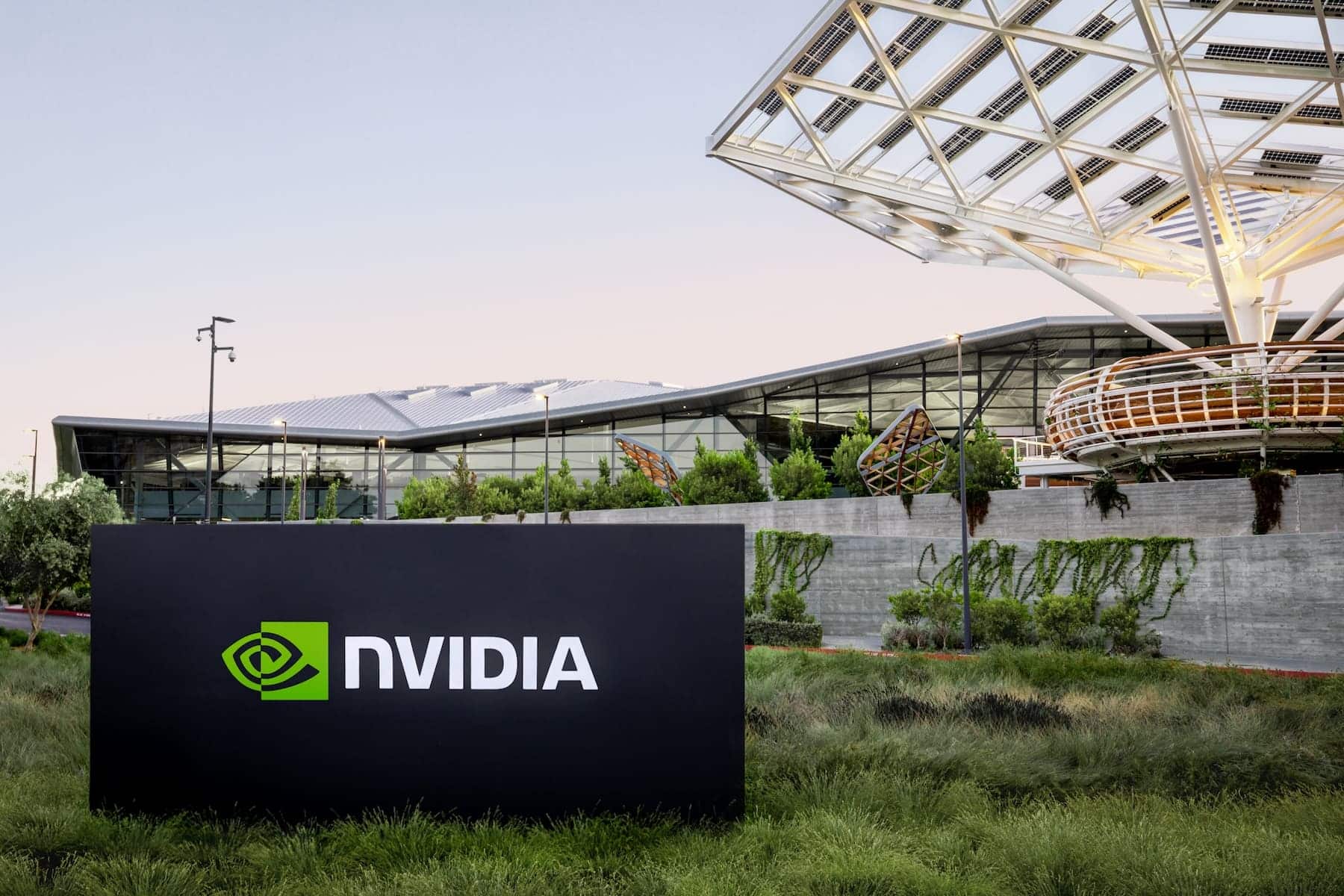NVIDIA has taken a decisive step to completely transform the digital infrastructure of the future. During the AI Infrastructure Summit in Silicon Valley, Ian Buck, the company’s Vice President of Accelerated Computing, presented a vision to convert traditional data centers into “Artificial Intelligence factories”: facilities designed from the ground up to generate intelligence continuously and efficiently.
This proposal is accompanied by reference designs, developed in collaboration with an ecosystem of industrial and technological partners, which will serve as guides for governments, companies, and cloud providers worldwide. The goal: to build high-performance, low-energy consumption infrastructures capable of supporting the next generation of AI workloads, from multimodal reasoning to massive context models.
From Data Centers to AI Factories
The term AI factory is not just a slogan but a conceptual redefinition. While data centers have so far been spaces where hardware and software coexist relatively independently, AI factories will be designed in tandem, integrating computational systems with physical infrastructure for energy, cooling, and orchestration from the outset.
This involves overcoming a historical problem: the disconnect between building infrastructure and computing. In the classic model, a data center is planned as an electrical and thermal installation, then later adapted to hardware. The new approach proposes that power, cooling, networking, and software are conceived as a single orchestrated system, maximizing energy efficiency and reducing operational costs.
Omniverse and Digital Twin: The Virtual Factory Before the Physical
The core of this strategy is Omniverse, NVIDIA’s simulation platform based on OpenUSD. Each AI factory will have a digital twin that not only optimizes its design before construction but also enables management during its operational life.
Thanks to this approach, it will be possible to accurately simulate how each component behaves: from airflow in cooling systems to power distribution in racks and how the facility responds when connected to the local power grid. Additionally, this twin will include systems of distributed generation, energy storage, and AI agents that assist in managing operations in real-time.
In practice, engineers will be able to model gigawatt-scale AI gigafactories before laying a single brick, accelerating decision-making and reducing investment risks.
A Strategic Ecosystem of Partners
The scale of this challenge requires collaboration among multiple stakeholders. NVIDIA has assembled a broad group of companies offering expertise in design, energy, and industrial management:
- Jacobs, as the integrator of physical and digital design.
- Schneider Electric, Siemens, Siemens Energy, and Vertiv, responsible for creating resilient power and cooling solutions for large-scale AI workloads.
- GE Vernova, focusing on generation and direct rack electrification.
- Design and simulation companies such as Cadence, PTC, and Emerald AI, integrated into the digital twin.
- Experts in orchestration and automation like phaidra.ai, Vertech, and E Tech Group, working on critical system coordination.
This network of partners reflects that no single actor can build an AI factory alone, given the energy and logistical complexity of such installations.
The Energy Challenge: Every Watt Counts
A key aspect of the proposal is extreme energy efficiency. According to NVIDIA, the main challenge for AI factories is to ensure that every watt consumed directly contributes to generating intelligence.
The exponential growth in compute demand — driven by multimodal models, long-context inference, and AI agents — is straining electrical grids and cooling systems alike. NVIDIA’s vision seeks to address this impending energy crisis through system efficiency and integrated renewable sources.
Designing Factories for Composability and Resilience
An additional key element of the project is composability. Unlike static data centers, AI factories will be designed to reconfigure quickly based on new workloads or technological innovations.
The concept of resilience is also central: these facilities must be capable of scaling, adapting to grid interruptions, and ensuring continuity even during demand peaks or geopolitical tensions.
Moving Toward a Global Standard
The company has already published an initial Omniverse Blueprint for digital AI factories, with direct connections to leading tools such as Cadence and ETAP. This framework is expanding through integration with Siemens and Schneider Electric, enabling unified simulation of power, cooling, and networks.
The goal is to have a comprehensive reference design by 2026, open to partners via APIs and digital assets ready for simulation. This way, participants can collaborate in real-time throughout the factory’s lifecycle: design, construction, operation, and updates.
Strategic Implications
This initiative is not only technical but also geopolitical and economic. In a world where AI becomes a sovereign digital asset, the ability to produce AI domestically represents a country’s or corporation’s capacity to generate intelligence autonomously and at scale.
The control of such infrastructures confers not only competitive advantages but also influence in critical sectors like defense, energy, healthcare, and mobility.
Conclusion
With this initiative, NVIDIA extends its role beyond chips and systems to become a global architect of AI infrastructure. AI factories will not merely be new data centers but will serve as the core of the future digital economy.
The company invites developers, governments, and industry to join this vision at the upcoming NVIDIA GTC in Washington D.C., where advancements in AI, infrastructure, and industrial simulation will be showcased in detail.
Frequently Asked Questions (FAQ)
What is an AI factory?
A next-generation data center designed from the start to produce intelligence, where computing hardware, electrical infrastructure, cooling, and software are integrated as a single optimized system.
What role does the digital twin play in these factories?
It allows for simulating the entire operation before construction, integrating energy, cooling, and computing. It also facilitates management and optimization during operation.
Who are the partners involved in the project?
NVIDIA collaborates with companies such as Jacobs, Siemens, Schneider Electric, GE Vernova, and Vertiv, along with specialists in simulation and orchestration.
Why is this model significant?
Because it addresses the challenge of supporting increasingly energy-intensive and compute-heavy AI workloads, ensuring efficiency, resilience, and scalability at the gigavatio level.
via: blogs.nvidia.com

